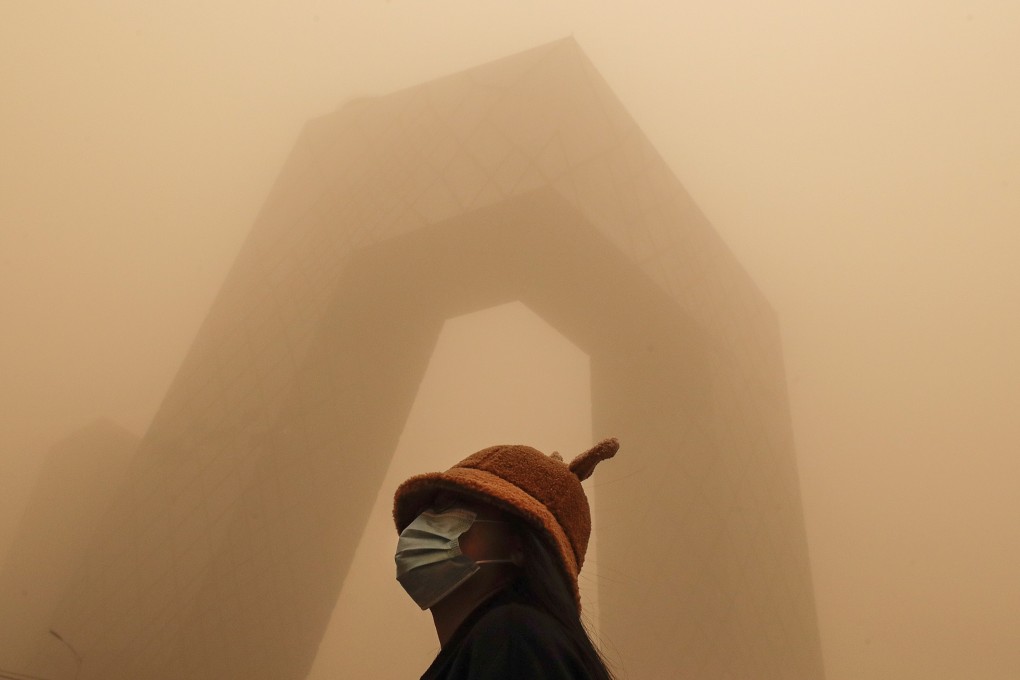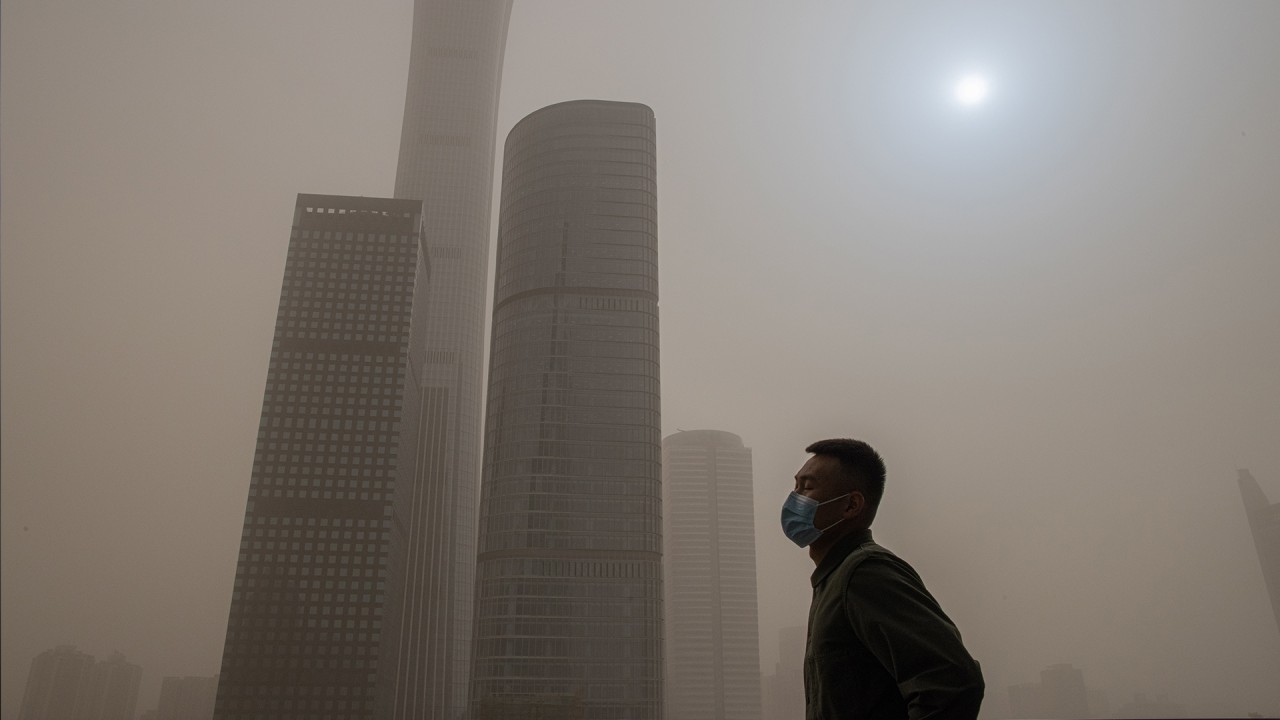US embassy in Beijing turns attention to ozone levels more than a decade after pollution updates spurred authorities into action
- The decision to start publishing PM2.5 levels on Twitter in 2008 helped push the Chinese authorities into becoming more transparent
- While the city’s notorious pollution levels have generally improved, levels of ozone have been on the rise in recent years

When the US embassy in Beijing started tweeting figures from its rooftop air quality monitor it did not anticipate the far-reaching consequences.
It started publishing hourly measurements of PM2.5 levels – the most dangerous small particles – on Twitter in March 2008 at a time when the city was choking on dense smog.
The tweets eventually prompted the Chinese authorities to start releasing that data themselves after the US embassy readings started to appear on social media platforms such as Weibo.
More than a decade later, the embassy has added ozone levels to its air quality updates – but this time the move is unlikely to make any ripples because the Chinese authorities already publish the information.
In an article posted online early this month, the embassy said its data showed Beijing’s ozone pollution has worsened in recent years. It said the number of “unhealthy” and “very unhealthy” days had jumped from 47 in 2014 to 89 last year.

01:45
Fresh sandstorm hits Beijing following its worst storm in a decade
It defines “unhealthy days” as when people may experience health effects and vulnerable groups – including children, the elderly, asthmatics and those who are active outdoors – may experience more serious effects, while “very unhealthy days” increase the risk for everyone.
